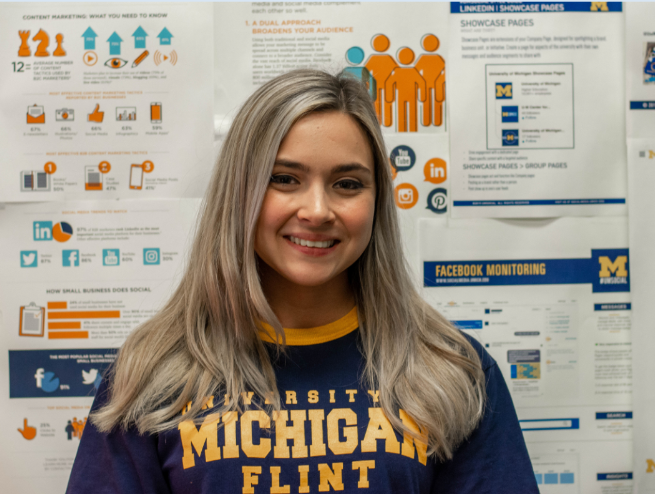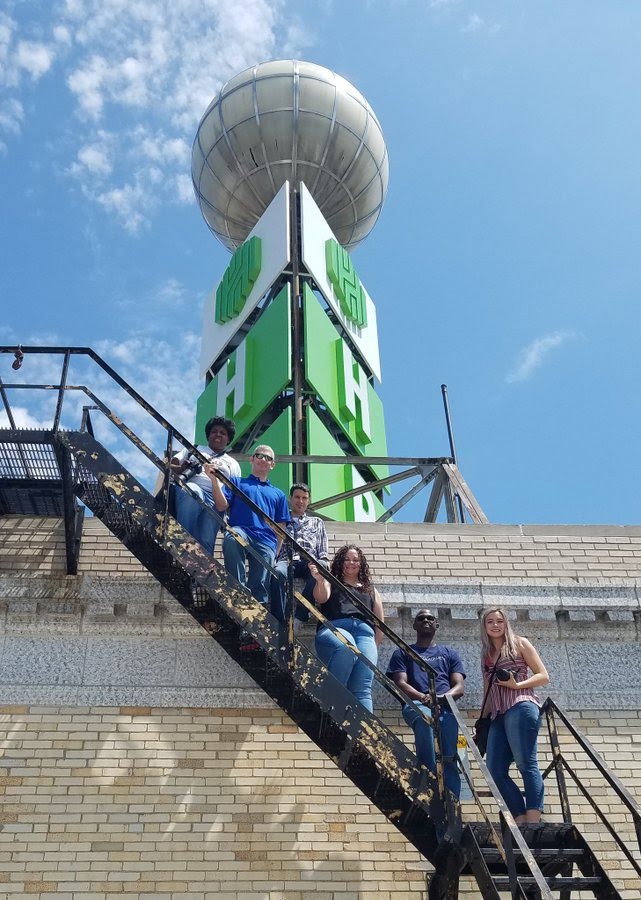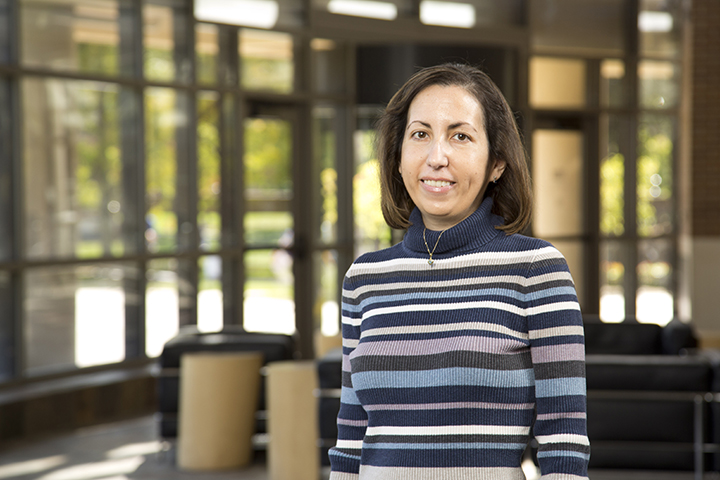By Alexis Menard On August 28, 2019 12:55 pm
Hi! My name is Alexis Menard and I am a fourth-year business student double majoring in Marketing and Organizational Behavior and Human Resources Management. I am also the Web and Social Media Assistant for the School of Management!
I love to be outside and that’s what I did for summer vacations and time away from the office. In early June, my best friend and I drove to the most visited National Park in the United States: Smoky Mountains National Park. The scenic drive in the mountains was beautiful! It was both our first time in the area and it was easy to find our way around the park in Tennessee and North Carolina. Since it was early in the season, we got to see 11 bears and cubs. My favorite hike was going to the top of Mt. Le Conte, one of the tallest points in the Smoky’s. It is 6594ft above sea level and a round trip of 11.5 miles. It took us six hours to ascend and descend the 2700ft change in elevation. I recommend everyone to go to this national park because it has something for everyone: hiking, waterfalls, lazy river tubing, fishing, biking, wildlife watching, and more!
The other trip I just returned from was visiting Maine and Acadia National Park. My boyfriend and I went to visit friends in Rockport, ME. While we were there we went paddle boarding, kayaking, hiking, shopping, and experienced all the seafood options they have. We also went to the famous Maine lighthouse featured in the Forst Gump film. Acadia reminds me of the Upper Peninsula with its rocky cliffs and huge waves. National Parks are one of the best things about the United States, and I’m excited I got to see two parks in a matter of months. It will be my goal to visit two national parks every year!
Lastly, the majority of the summer I have been working at SOM. I have been working there for a year and a half years and have been growing SOM’s presence on social media and activism within the Flint community. I have many duties at SOM like updating the website, posting on social media, writing articles, and planing and promoting events. Lately, I have been experimenting with different features like Faculty Fridays, aMAIZEing Alumni, Nichols & Dimes, Showcasing Success and now this wonderful summer feature for our amazing students! This summer I was able to make connections with a SOM alumni to set up a Huntington Weather Ball Tour with help from Antonio Riggs. The SOM staff were able to go see the Flint weather ball up close earlier this August and we are planning a date for a student tour. I am very lucky to have this position and to be able to connect with my peers and faculty members to highlight what it’s like to be in business at UM-Flint. I am planning on continuing to do more giveaways for students like the Egg Hunt winter semester and alumni participation contests. I’m always available to listen to new ideas, so reach out to me via email. I would love to chat and hear back from SOM’s audience!
My biggest advice to students is to get involved with SOM and follow SOM on Facebook, Instagram, Twitter, and LinkedIn! The School of Management offers great professional and networking events. I wish when I was a freshman that I was more involved and took advantage of opportunities that our school provides for students. Also, consider an employment opportunity on campus! I started out working the front desk at Human Resources when I was a freshman. I networked and made connections cross-campus which has opened many doors of opportunities within the Flint community and UM-Flint. If you ever need professional work guidance, speak to SOM’s student services coordinator, Antonio Riggs. He can help you with anything college throws at you like your first office job, elevator pitch, how you should present yourself to employers, and so much more!
Wishing the best for everyone this fall!








